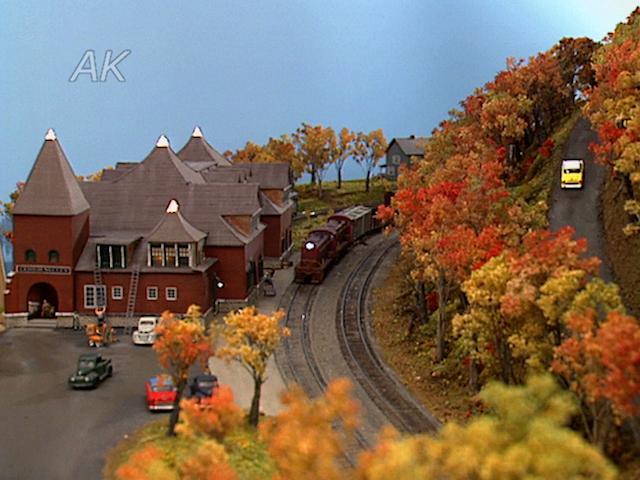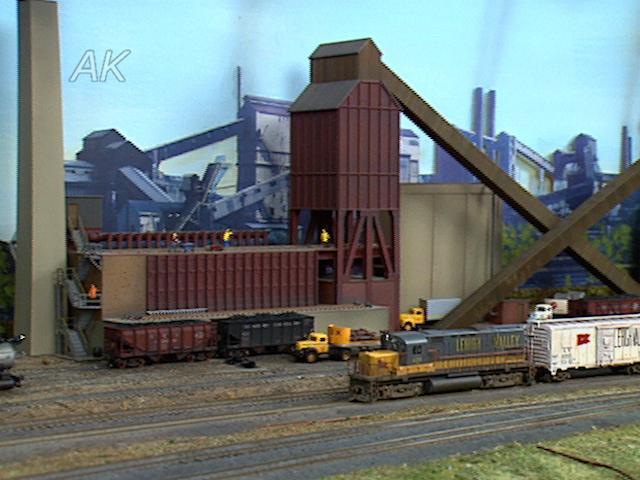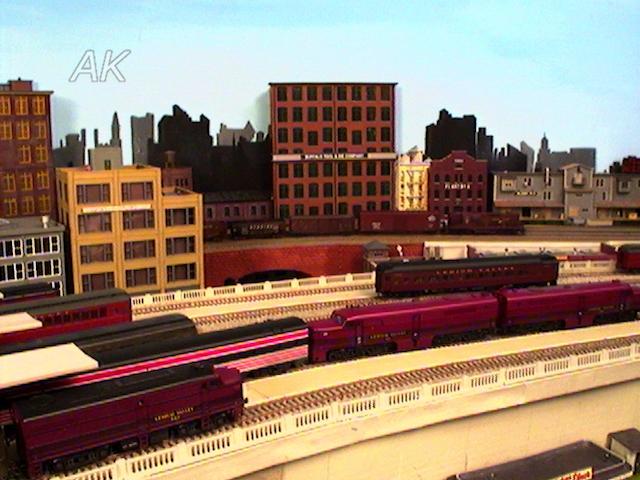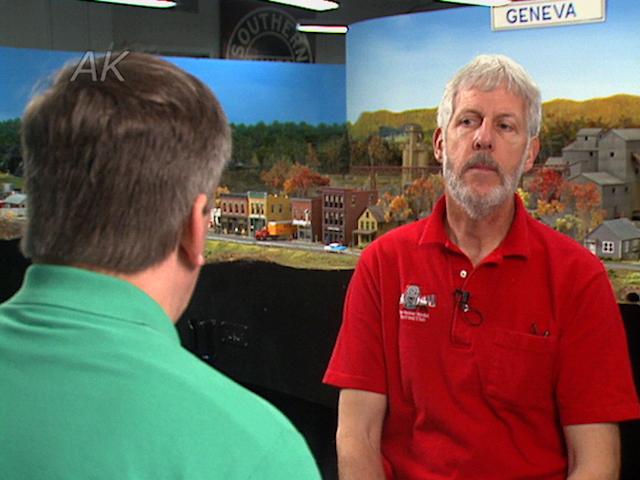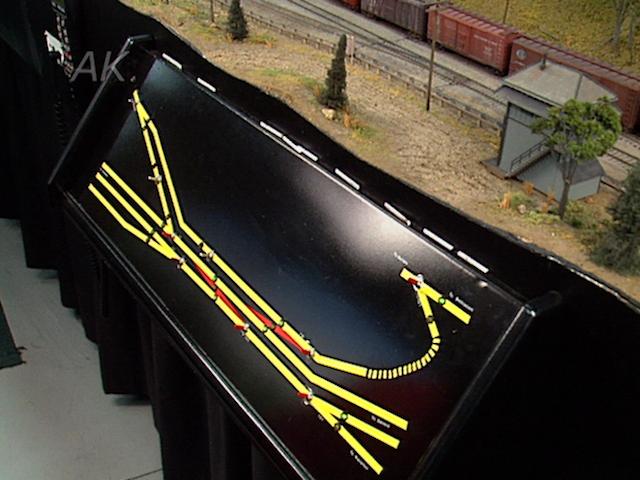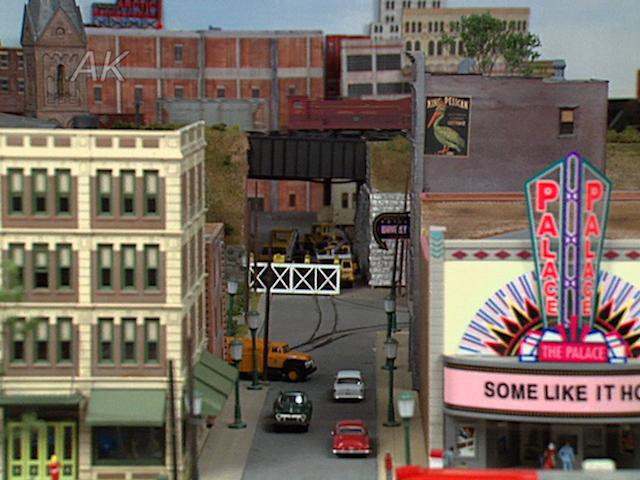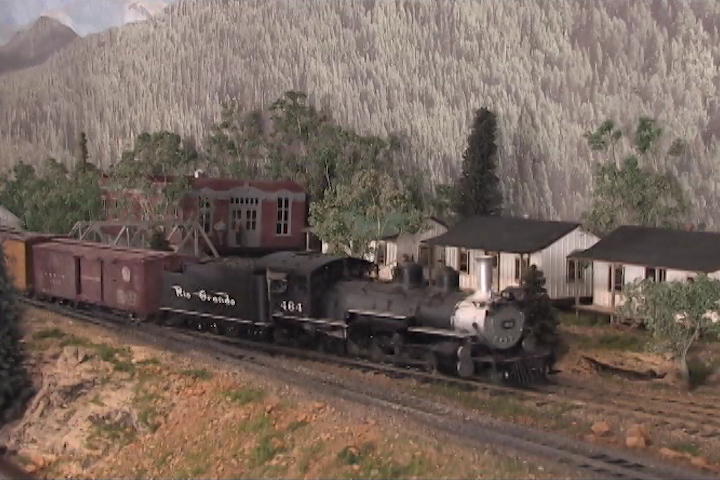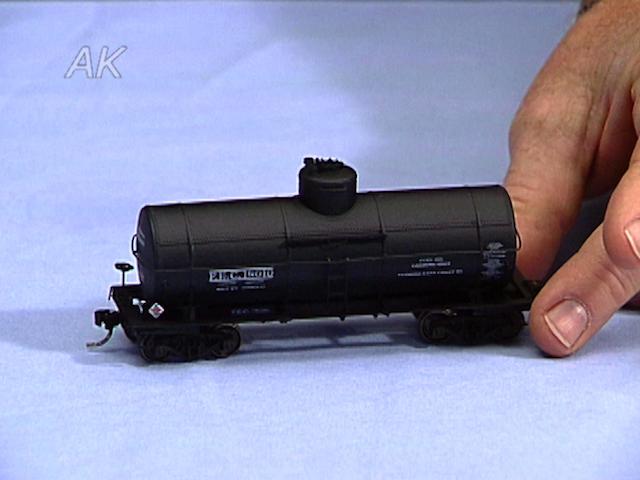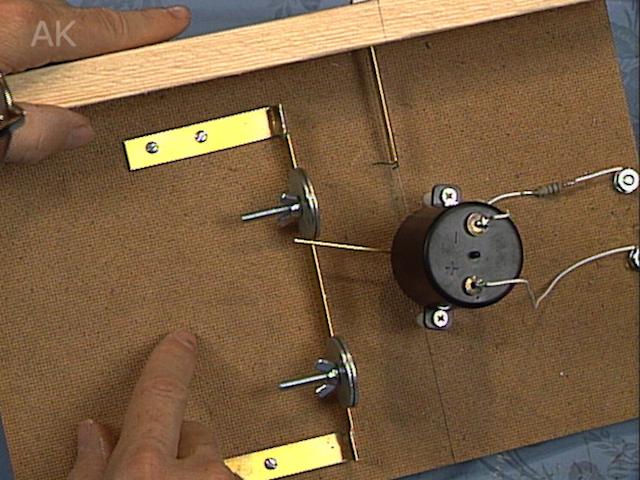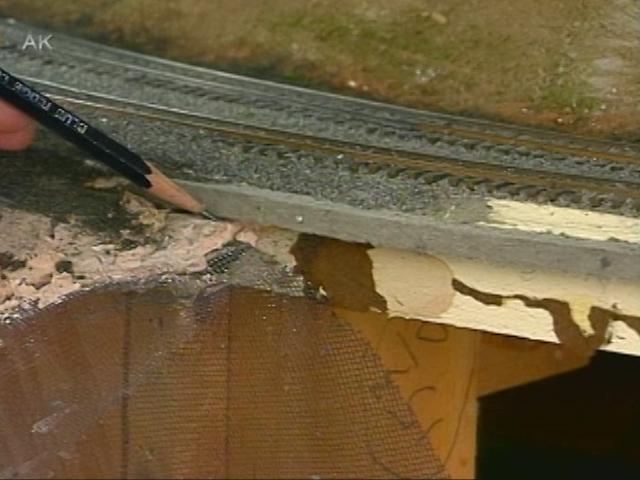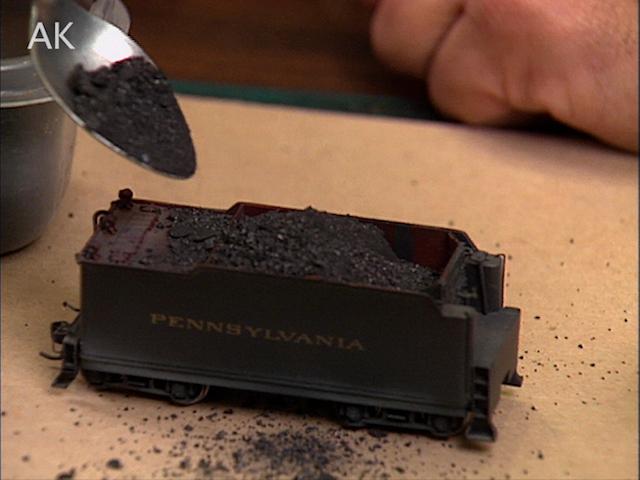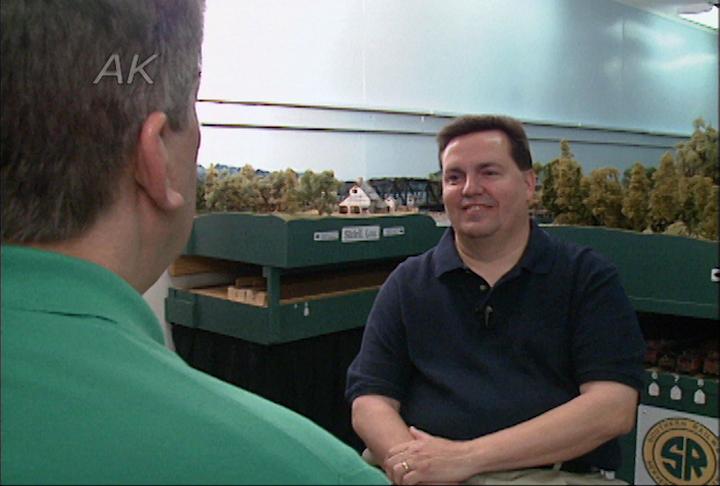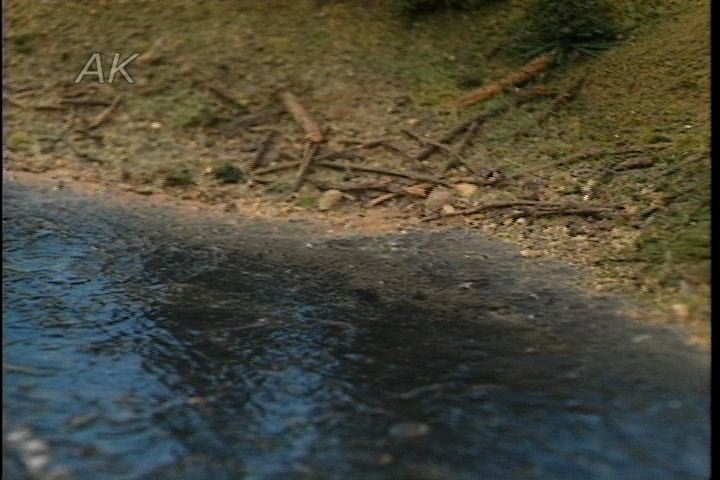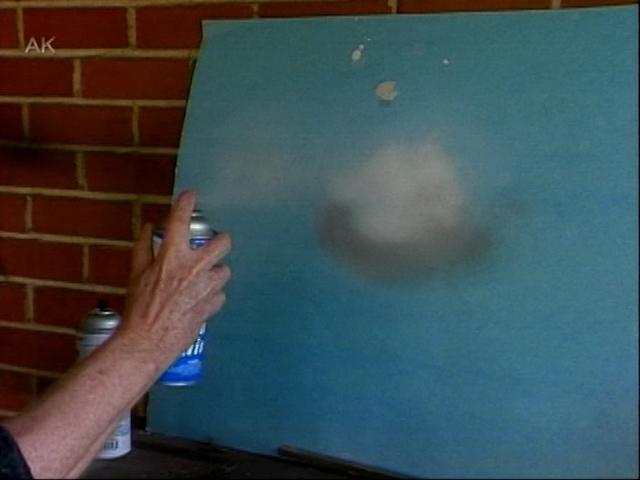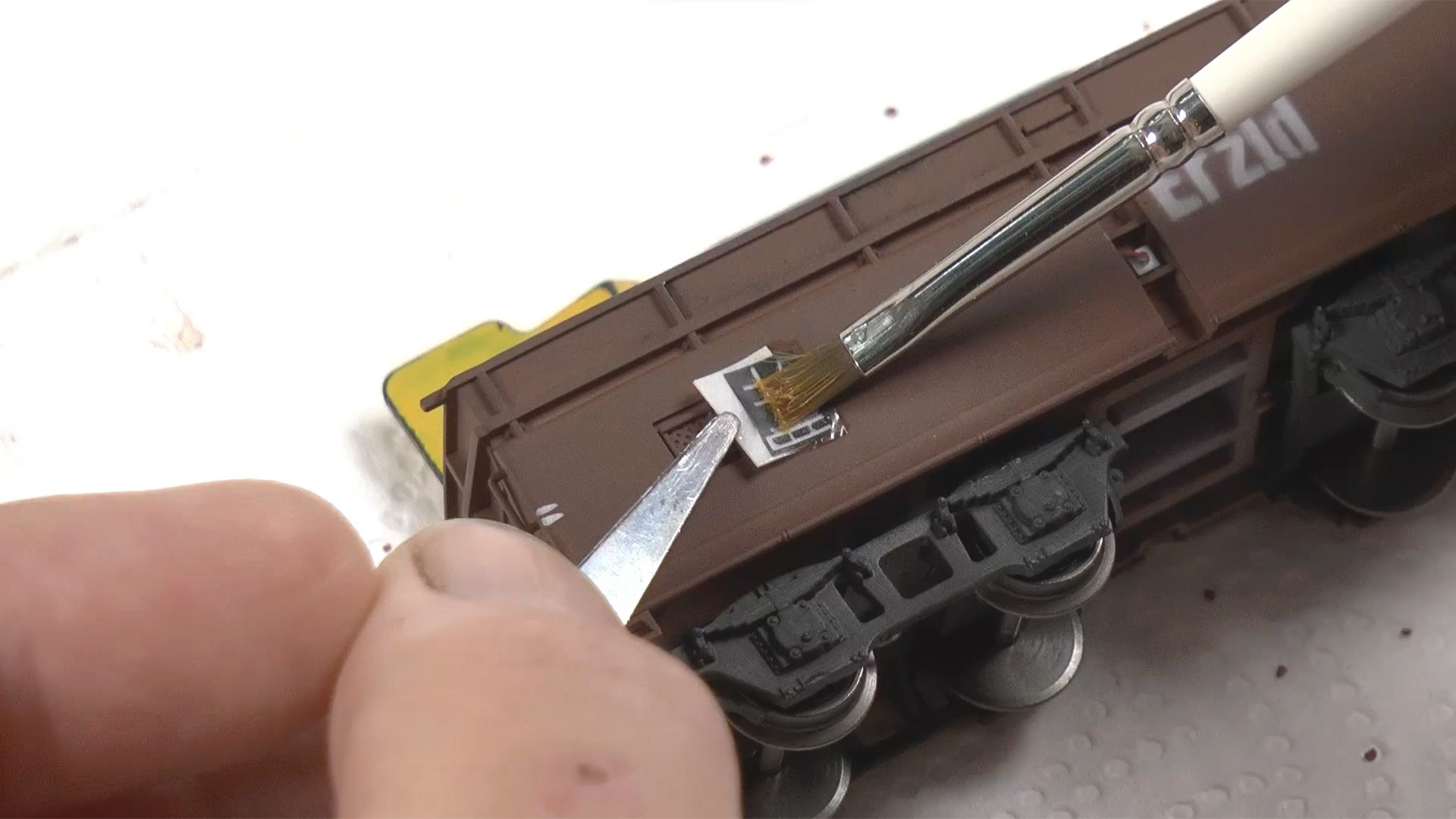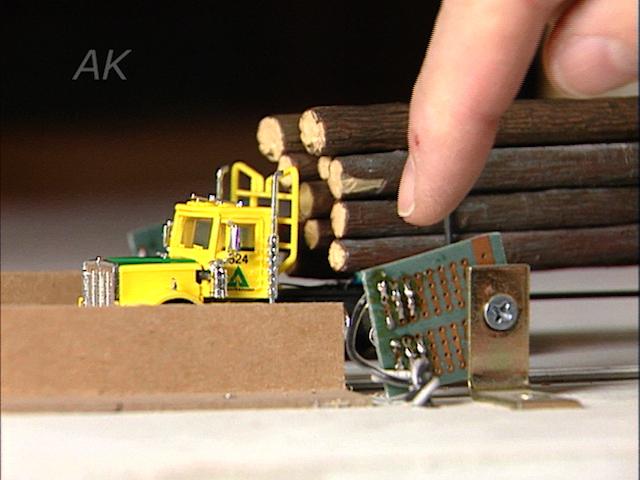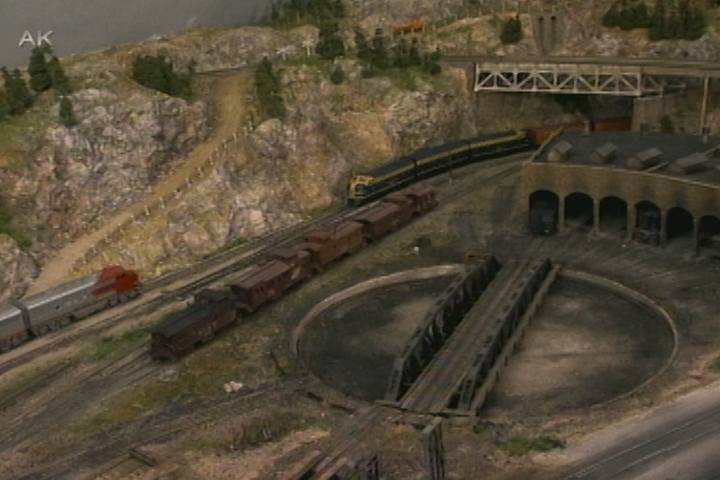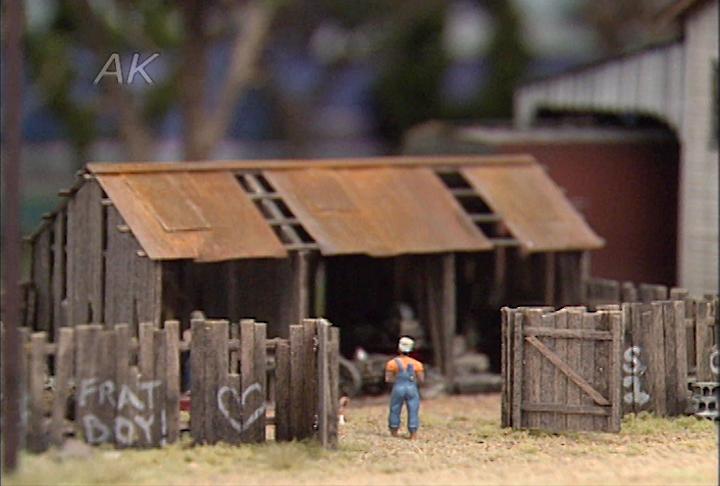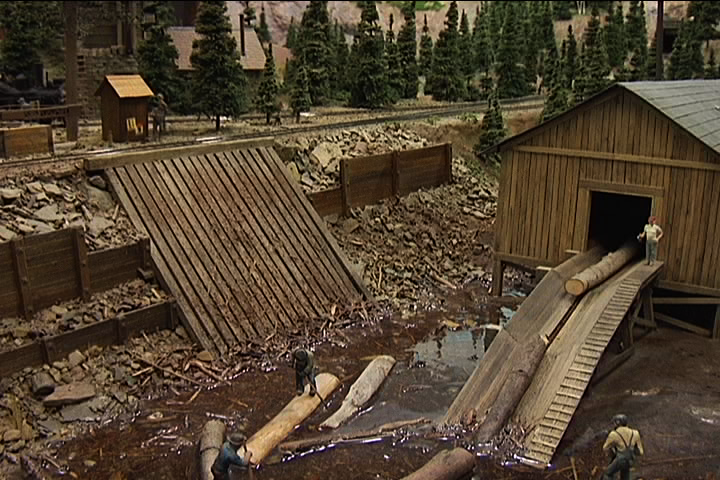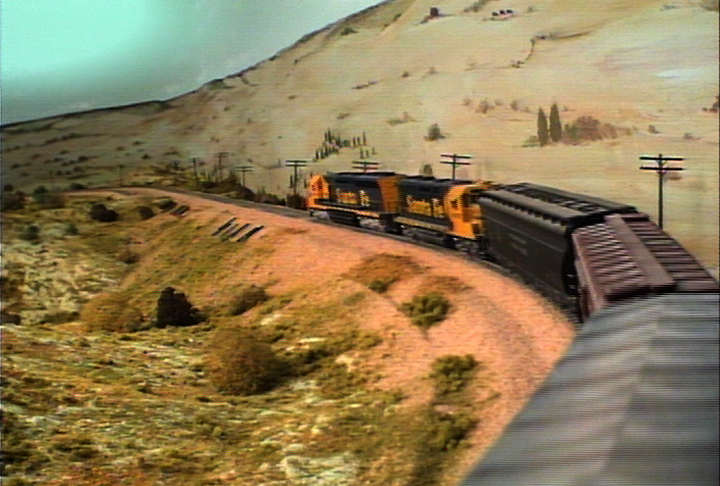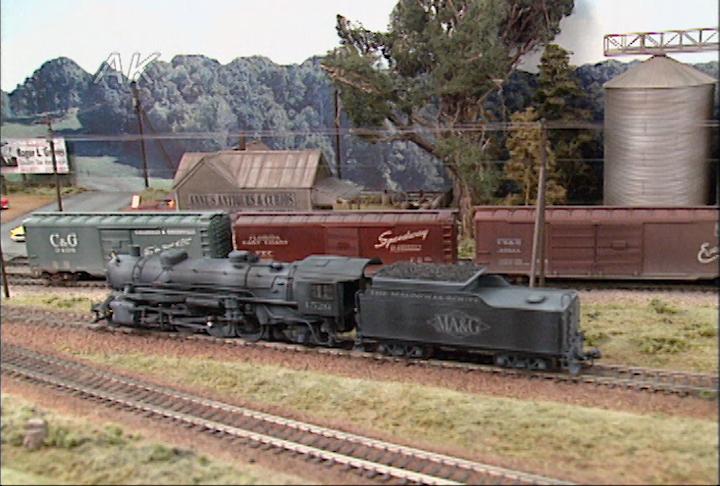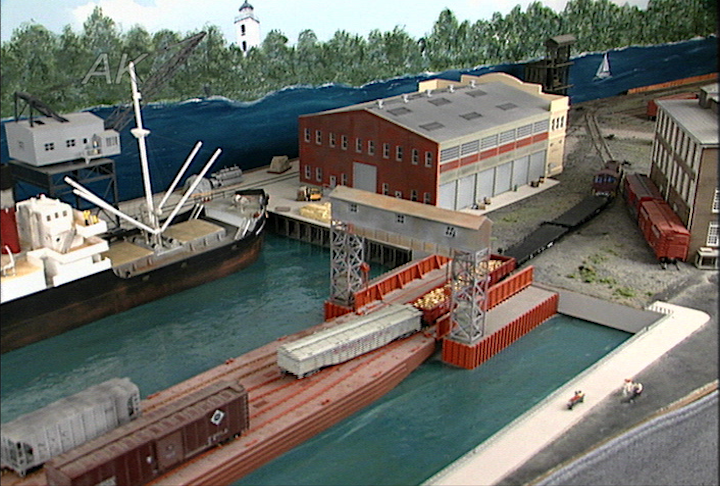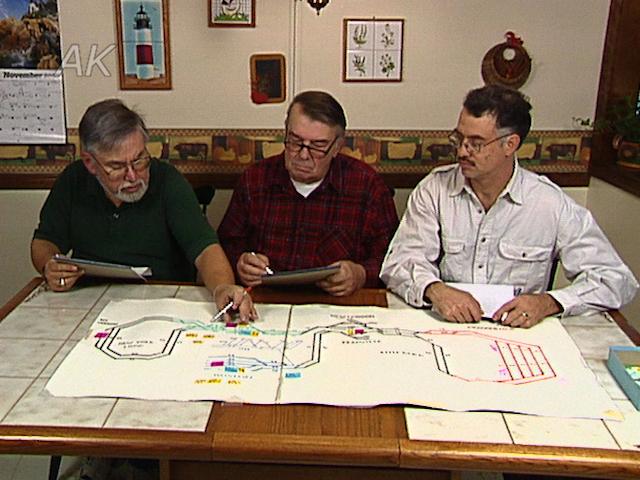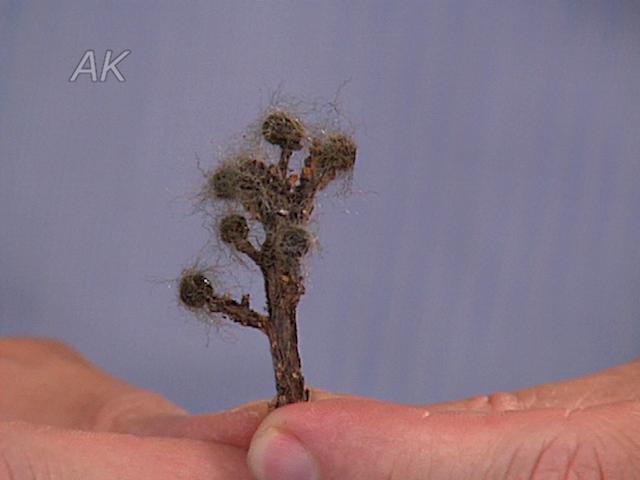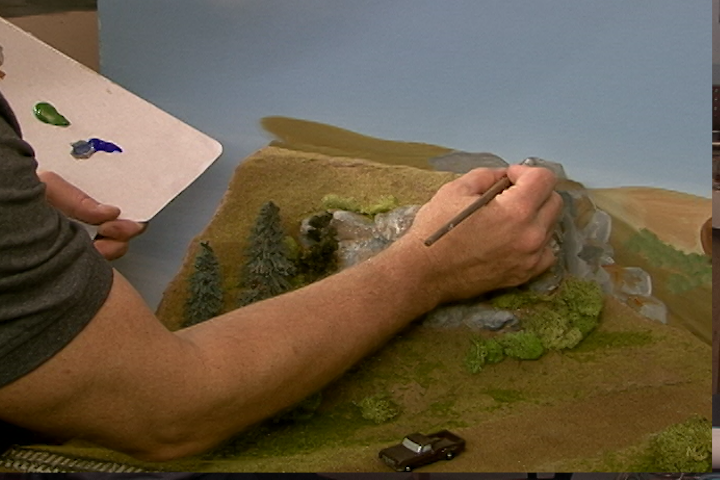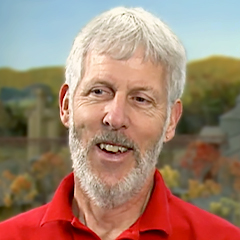
Owner Inspiration & Techniques on Seneca Valley Lines
Tom McCullochThe Rochester Model Railroad Club has been around in various guises since 1939, moving seven times in the history of the club. The oldest member has probably been in the club for 50 years. The current layout is called the Seneca Valley Lines, and it models the Lehigh Valley between Jersey City, New Jersey and Buffalo, New York.
The Lehigh Valley is popular in Rochester. In fact, the members are Lehigh Valley enthusiasts and the public appreciates it when they see a town on the layout that they recognize. The club has an annual open house where they ask for a donation and for the public to come in and see the layout, which has been pretty successful in bringing people in and raising some money for the club.
The layout was designed initially just to parade trains around the layout. It can have up to six trains operating in each direction, so six trains eastbound and six westbound paraded around the layout. By having a long main line, they can fit six trains pretty well and have them spaced apart for a public show for a nice display. Just like the prototype, the Lehigh Valley has a double track.
Seneca Valley Lines was named in recognition of the Seneca Indians that were prevalent in the Rochester upstate New York area. In this way, the layout recognizes Native American heritage. The Lehigh Valley ran from Jersey City across northern New Jersey, up through Pennsylvania, and then up to New York State and the Finger Lake regions, and then west to Buffalo. Club President Tom Mccolloch goes on to discuss how they keep the trains running so well.
Watch more from Allen Keller’s Great Model Railroad series in our archives.
Explore videos by Tom McCulloch
You may be interested in
Premium Membership
Unlock exclusive member content from our industry experts.
- 24/7 Access to Premium Model Railroading Videos, Projects, and Tips
- Step-by-Step Instructional Guides & Layout Plans
- 50% Off Video Downloads Purchased in the Model Railroad Academy Shop
- Access to Ask the Expert Program
Unlock exclusive member content from our industry experts.
- 24/7 Access to Premium Model Railroading Videos, Projects, and Tips
- Step-by-Step Instructional Guides & Layout Plans
- 3 Full-Length Video Downloads to Watch Offline
- 50% Off Video Downloads Purchased in the Model Railroad Academy Shop
- Access to Ask the Expert Program
Gold Membership
$326 Value
Get everything included in Premium plus exclusive Gold Membership benefits.
- 24/7 Access to Premium Model Railroading Videos, Projects, and Tips
- Step-by-Step Instructional Guides & Layout Plans
- 9 Full-Length Video Downloads to Watch Offline
- 2 Full-Length Classes to Keep for Life
- 2 Downloadable Guides
- Discounts on Purchase-to-Own Content in the Model Railroad Academy Shop
- Access to Ask the Expert Program
- Exclusive GOLD LIVE Streaming Events
